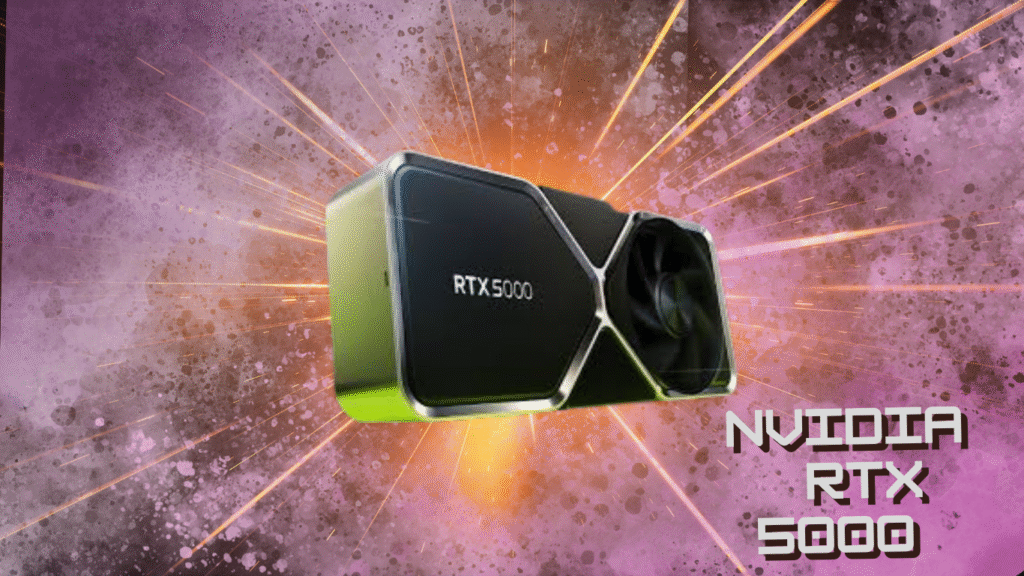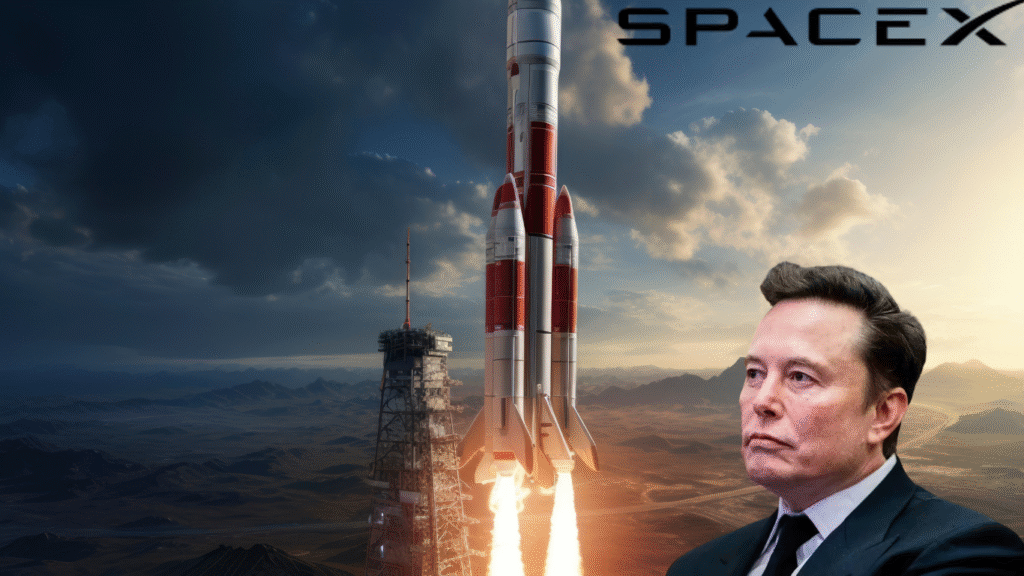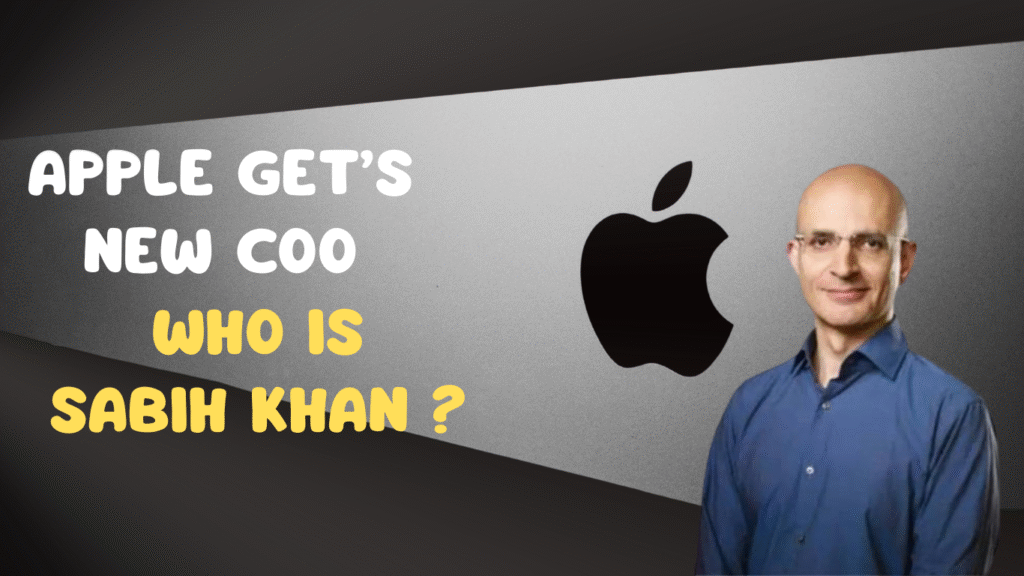
The graphics hardware landscape is experiencing unprecedented transformation with NVIDIA’s RTX 5000 series dominating headlines throughout 2025. The RTX 5090, powered by the revolutionary Blackwell architecture, promises to deliver 1.5x to 1.7x faster performance than its predecessor, marking the most significant generational leap in recent years1. However, this performance boost comes with substantial trade-offs, as the flagship GPU is expected to consume 600W of power – a staggering 150W increase over the RTX 4090.
Industry rumors suggest that NVIDIA has strategically reduced production of RTX 5000 GPUs by 20-30% starting in July 2025, potentially leading to price increases by September. This production adjustment appears to be a calculated move to maintain pricing leverage in an increasingly competitive market, particularly as AMD’s RX 9070 XT has gained significant traction with pricing drops from nearly $900 to around $700.
The RTX 5050, recently leaked with specifications revealing 8GB of VRAM and 135W TDP, represents NVIDIA’s budget offering, though critics argue that 8GB of VRAM is insufficient for modern gaming requirements in 2025. Manufacturing partnerships with companies like Inno3D suggest these cards will hit retail shelves in the second half of July, though the lack of official marketing campaigns indicates NVIDIA’s cautious approach to budget GPU positioning.
Motion Graphics and Design Trends: AI-Powered Creativity
The motion graphics industry is experiencing a paradigm shift with AI-driven design emerging as the dominant trend for 2025. AI algorithms are no longer limited to basic automation but are actively participating in creative processes, from generating realistic details to creating imaginative compositions6. Artists like Refik Anadol and Mario Klingemann are pioneering AI-generated art that challenges traditional creativity boundaries.
Kinetic typography continues to evolve as a cornerstone of modern motion design, with Jake Bartlett noting that “clients always want” this dynamic text animation style. The integration of 3D assets into 2D motion design is creating hybrid experiences that offer the simplicity of 2D with the depth and realism of 3D elements.
The rise of retro futurism blends nostalgic 1960s-1980s aesthetics with futuristic concepts, incorporating neon colors, pixel art, and geometric patterns to create engaging visual narratives9. This trend reflects the industry’s desire to balance technological advancement with cultural nostalgia, creating content that resonates across generational boundaries.
Digital Art Market: Explosive Growth and NFT Integration
The digital art market is experiencing unprecedented expansion, with projections indicating growth from $12.04 billion in 2023 to $39.40 billion by 2032, representing a robust 14.08% CAGR. This growth is primarily driven by the proliferation of NFT (Non-Fungible Token) art, which has revolutionized how digital artists monetize their work.
Video-based digital art is emerging as a key growth driver, with animated pieces and short films gaining significant traction on social media platforms. The integration of augmented reality (AR) and virtual reality (VR) technologies is creating immersive experiences that museums and galleries are increasingly adopting to enhance visitor engagement.
North America leads the global digital art market, driven by technological advancements and a vibrant artistic community11. The region’s strong embrace of AR technology and early NFT adoption has positioned it as a frontrunner in digital art tokenization and monetization.
Gaming Graphics: Hyper-Realistic Visuals and AI Integration
The gaming industry is witnessing a transformation in visual fidelity, with hyper-realistic graphics becoming the new standard for AAA titles. Advanced rendering techniques including real-time ray tracing and artificial intelligence-enhanced graphics are pushing the boundaries of visual immersion.
AI-driven NPCs are revolutionizing character behavior and storytelling, with over a third of game developers worldwide reporting the use of generative AI tools in their studios. These AI systems are creating dynamic gameplay experiences where narratives adapt uniquely to individual player styles and choices.
The rise of procedural generation enhanced by AI is enabling developers to create complex puzzles, engaging experiences, and entire quest lines with sophisticated character development. This technology is particularly transformative for creating scalable content that maintains quality while reducing development time and costs.
Multimedia Software Evolution: Professional Tools and Accessibility
The multimedia software landscape is evolving rapidly with AI integration becoming standard across professional applications. Adobe’s Creative Cloud suite has incorporated Adobe Sensei AI for automated background removal, intelligent object filling, and precision editing. These AI enhancements are significantly reducing manual labor while expanding creative possibilities.
Cross-platform compatibility has become crucial as creators work across multiple devices and operating systems. Applications like Figma and Canva Pro are leading the charge in cloud-based design solutions that maintain consistency across different platforms.
The democratization of design tools continues with template-based platforms like Canva making professional-grade design accessible to non-designers. This trend is expanding the creative market while challenging traditional design service models.
Pros and Cons Analysis: Graphics and Multimedia Industry
Advantages of Modern Graphics and Multimedia
The contemporary graphics and multimedia landscape offers numerous benefits that have revolutionized creative industries and user experiences:
Enhanced Engagement and Interactivity: Modern multimedia content creates 15-20% higher engagement rates compared to traditional static content. Interactive elements, including AR overlays and dynamic animations, provide immersive experiences that capture and retain audience attention more effectively than conventional media.
Global Accessibility and Reach: Digital media platforms enable instant global distribution, allowing creators to reach audiences across geographical boundaries without traditional distribution limitations. This accessibility has democratized creative expression, enabling artists from diverse backgrounds to showcase their work to international audiences.
Cost-Effectiveness and Efficiency: Digital creation tools have significantly reduced production costs while increasing output quality. AI-powered design tools can generate multiple variations of content in minutes, reducing the time investment from hours to seconds. This efficiency allows smaller companies to compete with larger organizations by leveraging technology rather than extensive resources.
Versatility and Repurposability: Modern multimedia content can be easily adapted across multiple platforms and formats. A single design asset can be optimized for social media, print, web, and mobile applications, maximizing the return on creative investment.
Real-Time Collaboration: Cloud-based design platforms enable global teams to collaborate simultaneously on projects, breaking down geographical barriers and accelerating project completion times.
Disadvantages and Challenges
Despite significant advantages, the graphics and multimedia industry faces substantial challenges:
Technical Complexity and Learning Curves: Modern design software requires extensive technical knowledge, creating barriers for entry-level users. The rapid pace of technological advancement means professionals must continuously update their skills to remain competitive.
Hardware Requirements and Costs: High-end graphics work demands powerful hardware, with professional GPUs costing thousands of dollars. The RTX 5090’s expected price point and 600W power consumption exemplify the increasing hardware demands.
Market Saturation and Competition: The democratization of design tools has led to market oversaturation, making it increasingly difficult for individual creators to differentiate themselves20. The abundance of content has created an attention economy where quality work can be overshadowed by volume.
Intellectual Property and Copyright Issues: The ease of digital duplication has complicated copyright protection, with AI-generated content raising questions about ownership and originality. NFT technology attempts to address these issues but introduces new complexities around digital ownership rights.
Sustainability and Environmental Impact: The energy consumption of graphics hardware, particularly in gaming and cryptocurrency mining, raises environmental concerns. The RTX 5090’s 600W power draw represents a significant increase in energy consumption1.
Market Rumors and Industry Speculation

Several unconfirmed rumors are circulating within the graphics and multimedia industry:
NVIDIA RTX 5080 Super and 5070 Super: Industry leakers suggest NVIDIA is preparing enhanced versions of their current lineup with increased VRAM capacities – potentially 24GB for the 5080 Super and 18GB for the 5070 Super4. These rumors indicate NVIDIA’s response to AMD’s competitive pressure and the growing demand for higher memory capacities.
AMD’s 32GB RX 9070 XT: Speculation suggests AMD is developing a variant of their RX 9070 XT with 32GB of VRAM, though AMD’s Frank Azor has publicly debunked these rumors. The persistence of these rumors indicates strong market demand for high-memory graphics solutions.
Intel’s Arc GPU Roadmap: Following the success of the Arc B580, rumors suggest Intel is planning expanded GPU offerings to compete more directly with NVIDIA and AMD in the mid-range market22. These developments could significantly impact pricing dynamics across the entire GPU market.
AI Hardware Specialization: Unconfirmed reports suggest major hardware manufacturers are developing specialized AI chips for creative applications, potentially revolutionizing how graphics and multimedia content is processed and generated.
Future Outlook and Emerging Trends
The graphics and multimedia industry is positioned for continued transformation through 2025 and beyond. Artificial intelligence integration will deepen across all creative applications, with AI becoming a collaborative partner rather than just a tool. Extended reality (XR) technologies, combining AR, VR, and mixed reality, will create new content formats and distribution channels.
Sustainability initiatives will likely influence hardware design and software optimization, with manufacturers focusing on energy-efficient solutions without compromising performance. The industry’s environmental impact will increasingly influence consumer and corporate purchasing decisions.
Democratization of creation tools will continue, with AI reducing the technical barriers to professional-quality content creation. This trend will reshape the creative job market, potentially displacing some traditional roles while creating new opportunities in AI-assisted design and content strategy.
The convergence of 5G networks, edge computing, and cloud rendering will enable real-time, collaborative creation workflows that transcend geographical limitations. This technological infrastructure will support the next generation of multimedia experiences, from interactive entertainment to immersive educational content.
As the industry evolves, success will depend on balancing technological advancement with creative vision, ensuring that tools enhance rather than replace human creativity. The organizations and individuals who master this balance will define the future of graphics and multimedia content creation.



